Ayurvedic Hair Regimen: Ultimate Guide for Healthy Hair
An Ayurvedic regimen consists of only natural products for hair care and 100% natural hair treatments which are healthy for your hair. Ayurvedic hair regimen for hair also takes a holistic treatment, addressing the root of hair problems not just the superficial ones.
It can also address your root issue below the surface, like the addition of a natural ingredient in your diet to allow your hair shine from the inside.
The Ayurvedic advice for healthy hair also includes taking care of your hair’s natural beauty and not attempting to change the basic elements of your hair’s structure.
Making an Ayurvedic hair routine will help your hair’s natural beauty to be at its best.
Ayurveda is a practice that dates back to ancient times founded on the recognition of the body’s humors and their connection to elements of nature: air, earth, wind and ether.
Table of Contents
Understanding Your Hair Type
The Ayurvedic philosophy states that the human body is composed of the essential components of our universe. These can be expressed in the form of doshas or biological energy. They are the ones responsible for the mental and physical processes of every person. An imbalance in the doshas can be the reason for health issues. Three doshas that affect your hair are:
Vata Hair type:
Vata people have more air and ether. A person who has an even balance vata dosha will likely naturally have wavy hair, and a dry scalp. Also, they’re likely to have hair that is porous.
A healthy diet for hair follicles will keep Vata dosha balanced. Normal Vata hair type is likely to be thin and straight hair that has higher porosity.
Pitta hair type
The Pitta hair type is distinguished by its soft and smooth texture that can be oily. When there is an imbalance, this type of hair is more prone to excessive oiliness as well as premature graying and balding.
Pitta hair needs a lot of maintenance and attention. Its routine of hair care should include products with cooling properties in order to reduce the heat.
Healthy Pitta hair is usually thick and wavy..
Kapha hair type:
Kapha kinds have a greater percentage of water and earth. If you have an optimum kapha dosha likely naturally curly hair that has coarse texture and an oily scalp.
The hair follicle can be extremely dense, and it doesn’t absorb nutrients or absorb dyes with ease. If the dosha is not balanced, hair could become fine and fragile, and can break easily.
Common Imbalances of Doshas
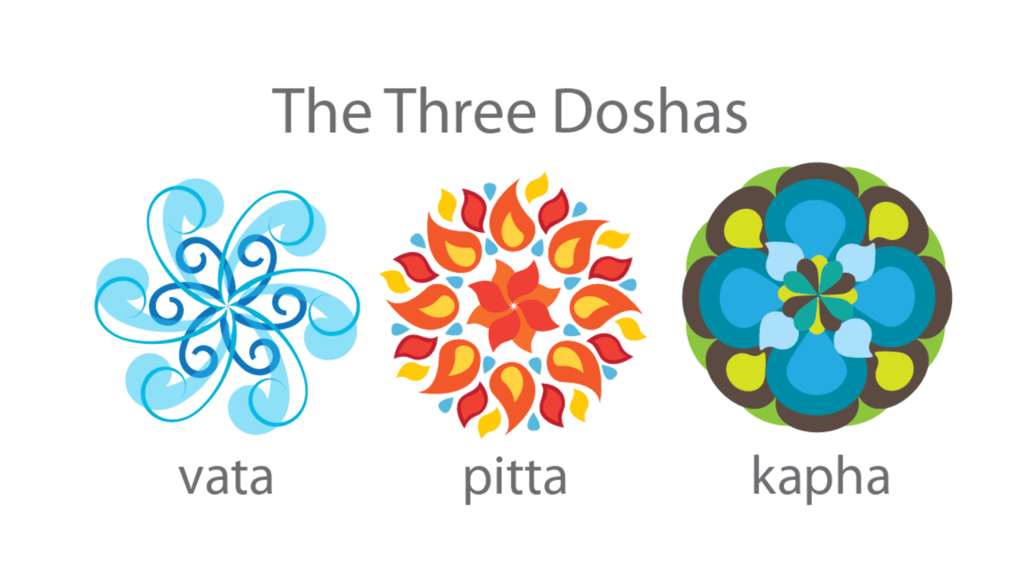
Source: quoracdn.net
When Vata dosha is aggravated within the body, it leads to dryness of the hair and scalp, as well as little sebum production. The result is frizzy and dry hair split ends, and loss of hair.
Kapha type hair is the most likely to suffer hair loss, however their hair could be slower to grow.
Graying premature hair, blocked follicles that have the build-up of bacteria, scalp inflammation, redness, loss of hair and so on. result when Pitta is unbalanced.
Complete Ayurvedic Hair Regimen for Your Hair
Use Hair Oil Based on Your Hair Type
Hair oils can nourish hair follicles and the scalp. Adding oiling for hair to your daily routine will help to promote hair growth and help deeply moisten your hair.
Hair oiling is an essential aspect of Ayurvedic hair regimen. Hair should never remain “dry” in Ayurveda as the body continuously generates excessive heat as a result of the brain as well as the eye’s activities. The excess heat is released by the scalp.
This means that hair is always exposed to internal heat. If the internal heat goes unchecked, hair will become dry, brittle, and lose its color and strength.
The hair oiling process is beneficial for us due to numerous reasons. Apart from helping the sebaceous glands, helping the scalp’s nutrition, and naturally strengthening and conditioning hair, oiling hair aids in cooling the scalp and the eyes.
Oiling also helps regulate pitta dosha levels in your body. If pitta dosha is out of balance, hair becomes thinner, gray and fades in colour.
Traditional Ayurvedic hair practices include oiling your hair for about 20 minutes prior to washing your hair. To get the best results massage your hair and scalp with warm oil in the evening and then wash your hair the next morning. This is a fantastic natural conditioner for your hair and scalp.
Procedure:
- Apply warm oil on your scalp.
- Massage your scalp completely in a circular motion.
- Then, apply the oil from your hair’s roots to the tips of your hair by giving it an easy massage.
A circular scalp massage stimulates blood circulation and improves oil’s absorption into the scalp. You can also apply coconut oil, sesame oil, olive oil, almond oil as well as other oils. to massage your hair and scalp often.
Massaging Your Scalp
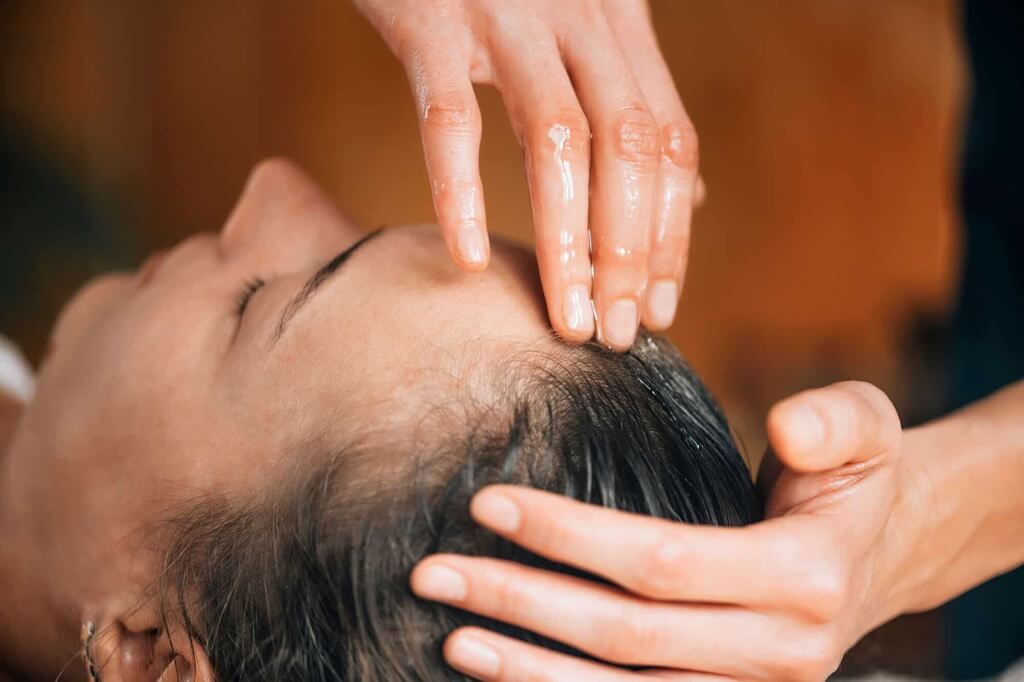
Source: massagegearguru.com
Massages for the scalp are an essential component of the ayurvedic hair treatment. They help stimulate the scalp, increasing blood flow, which stimulates growing hair.
Massaging the scalp with therapeutic ayurvedic oil (like almond oil, coconut oil and olive oil) and letting it rest for a night helps strengthen the roots of hair to stop loss.
Always make sure your scalp is clean, to prevent the hair follicles from becoming blocked and scalp itching. Cleanse your scalp with a mild herbal shampoo.
A frequent application of shampoo, especially an aggressive one, may cause dryness of the hair, and damage to the scalp.
Use lukewarm water to clean your hair following with natural conditioner. Cut hair frequently to prevent split ends. Regularly brushing and cleaning hair is crucial. Brushing stimulates the oil-producing glands on the hair scalp.
Regular Hair Wash
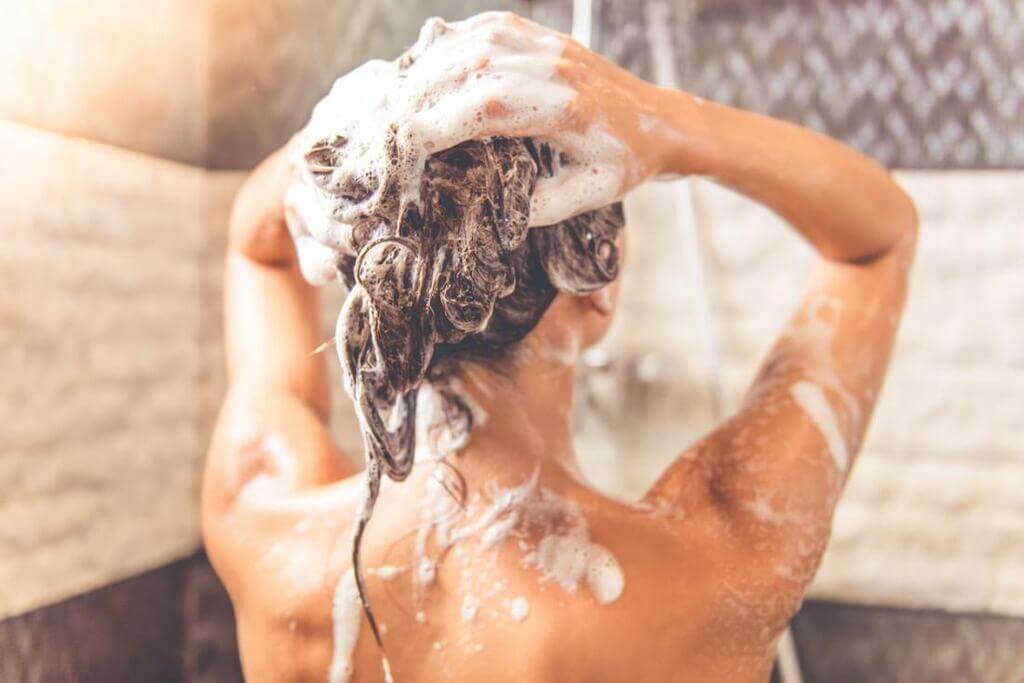
Source: medicalnewstoday.com
The follicles of your scalp get blocked with the accumulation of oil and dirt which you must regularly shampoo your hair using Ayurvedic shampoos.
Better not overwash your hair. Overwashing can damage hair and cause dryness. If you’re regularly washing your hair regularly, slowly reduce the frequency until you can find the right rhythm to your type of hair.
In addition to Ayurvedic shampoos that contain herbs that are specifically suited to dosha imbalances, you could also try herbal hair-cleansing herbs that are natural like Reetha Shikakai, Hibiscus flowers, Triphala powder and more. to clean your hair.
Condition Your hair Regularly
Hair masks , also known as ‘Shiro Lepa’ according to Ayurvedic terms is among the most beneficial treatments to nourish and condition your hair and scalp. Ayurveda suggests applying a hair mask once a week or every fortnight to maintain your hair and scalp in good condition. It can help combat the causes of loss of hair in your head, like anxiety and stress.
You can make use of Ayurvedic herbal powders such as Amalaki, henna, fenugreek, and solvents such as egg white and aloe vera gel etc. to create your nutrient-rich hair masks. Apply a mask to the tips of your hair and leave it for 30 to 40 minutes prior to washing it off by rinsing it off with water.
Stay Away From Harsh Chemicals
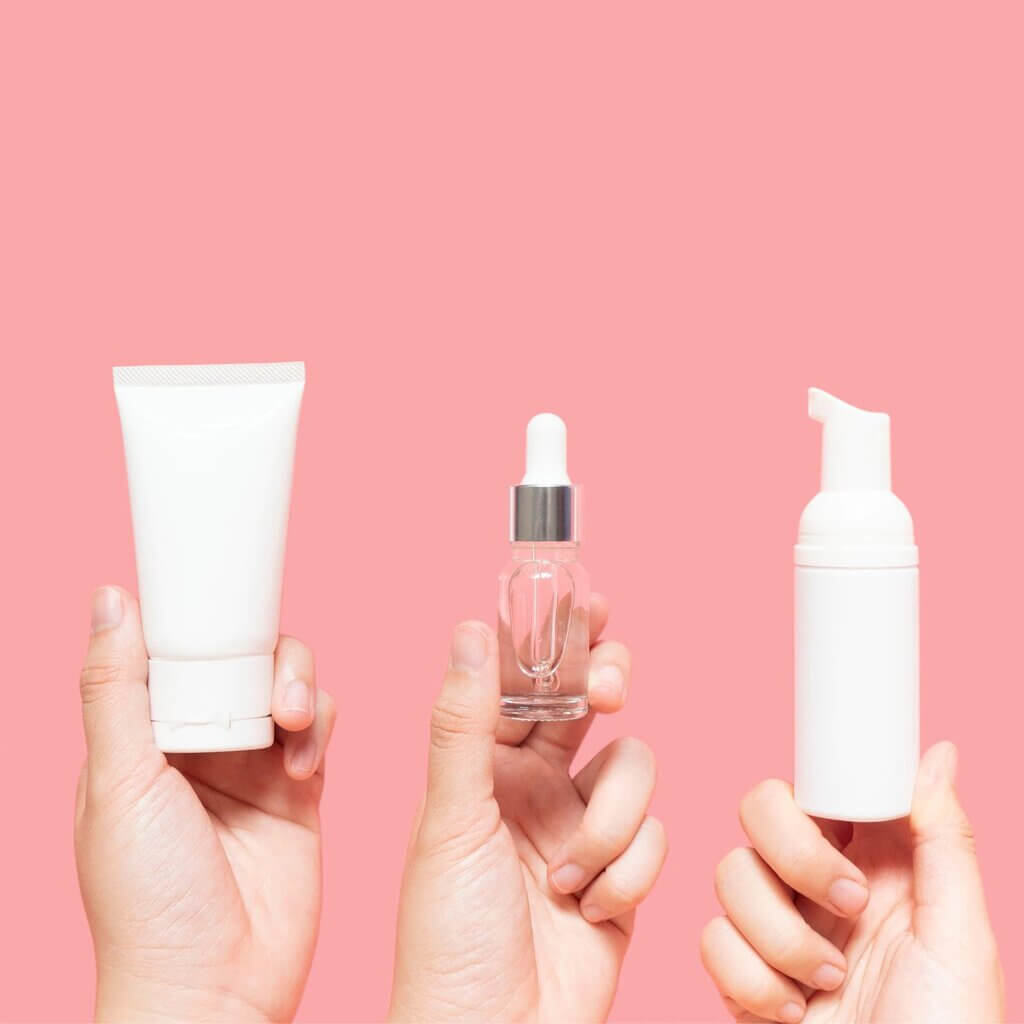
Source: news18.com
The harsh chemicals in hair products can alter the pH of your scalp, and may strip natural oils that your scalp produces and the protein layers of your hair. Change to Ayurvedic products that contain natural herbal ingredients for healthy hair that is holistic without taking unnecessary dangers.
Some Herbs That Support Hair Health
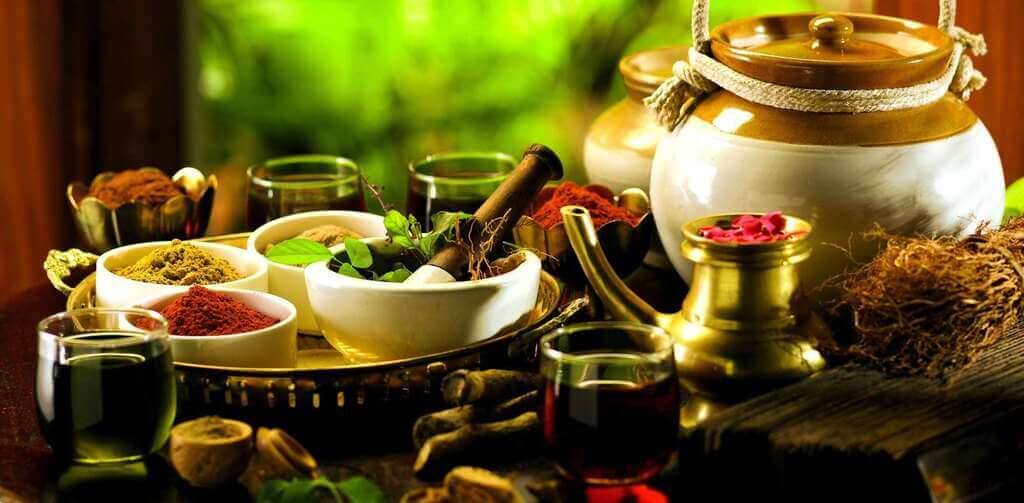
Source: blackhairinformation.com
Benefits of Bhringaraj include stimulating abundant hair growth, preserving the hair’s natural color and shine as well as cooling the head and relaxing the mind.
Brahmi/Gotu Kola. Brahmi/gotu Kola is known for its ability to soothe, and cool nature. It also serves as a nourishing and rejuvenating treatment for the digestive system, hair and scalp.
Amalaki assists in removing excess heat from the scalp, and helps protect the luster and color of hair.
Also Read: 9 Best Shampoo Without DMDM Hydantoin
Some Take Away Points
It is equally crucial to remain hydrated by drinking lots of water throughout the day. This improves the well-being of the circulatory and digestive systems and boosts the body’s capacity to pump the necessary nutrition to tissues.
A well-balanced diet is vital to stop premature hair loss as well as early greying. Ayurveda suggests cooking food using aromatic herbs and spices since they aid digestion and cleanse our body’s tissues.
According to Ayurveda toxic substances (ama) must be eliminated from your body to promote healthy hair. Regular exercise is essential to detoxing your body by sweating. Excessive sweating removes the scalp’s tissues and clears the hair follicles.
One of the main tenets of Ayurveda is that every illness originates within the mind. Doshic problems usually start by imbalances in our emotional and mental health.
Being constantly in a stressful state can result in excessive hair-fall and premature graying. It can also cause dry, dull hair that appears lifeless and dull.
Wrapping Up
This was our view on ayurvedic hair regimen. Ayurveda is a way to live your life to remain healthy and energetic by aligning our body’s rhythms with nature’s rhythms. This is accomplished through the ritual that suits your particular Prakriti and hair type as you achieve outstanding hair health by maintaining your doshas in harmony.

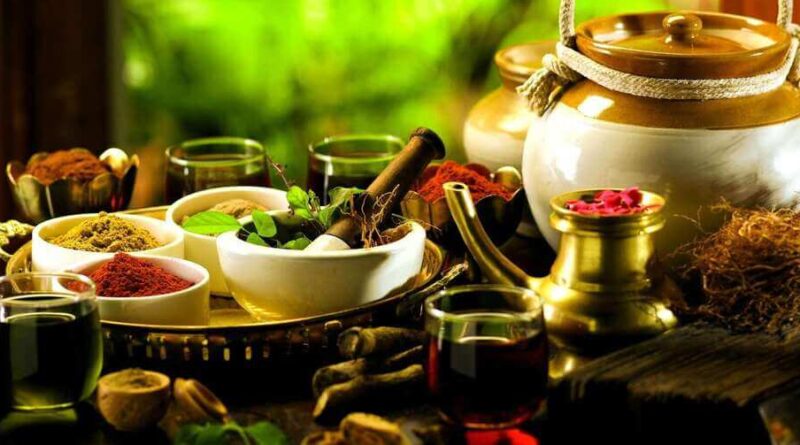
Pingback: 11 Tamarind Health Benefits for Men | Complete Guide 2021